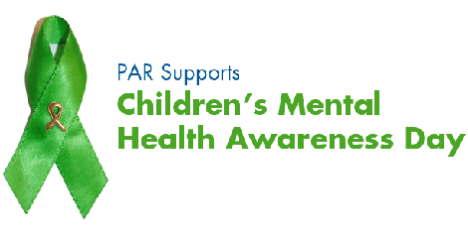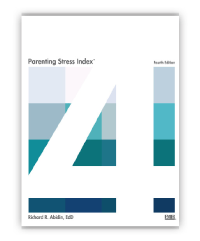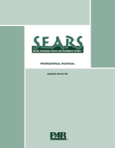New research has made the famous 1972 marshmallow test even more compelling. The original Stanford University study on delayed gratification, which promised children an extra marshmallow if they could resist the one in front of them for 15 minutes, analyzed whether a child’s ability to delay gratification had any correlation on future success. Today, researchers have taken that information a step farther – finding that a child’s ability to resist temptation isn’t innate, but highly influenced by environment.
Researchers from the University of Rochester gave five-year-olds used crayons and one sticker to decorate a piece of paper. One group of children was told they would receive a new set of art supplies, but never received it. For the second group, however, researchers made good on their promise and provided the children with new crayons and better stickers. Both groups were then given the marshmallow test.
The children who were promised the supplies and never received them waited an average of three minutes before eating their marshmallows. The children who had received the supplies promised resisted temptation for an average of 12 minutes, leading researchers to believe that experience plays into a child’s ability to delay gratification. Wait times reflected not just the child’s self-control abilities, but suggest a child’s reasoning of the stability of the world around them and their understanding of whether waiting to delay gratification would ultimately pay off. According to researcher Celeste Kidd, delaying gratification is only a rational choice if the child believes that the second marshmallow is likely to appear. Though children do not monitor every single action of the adults around them, they do have an overall sense of the reliability or unreliability of the people around them.
The group found that children may have more sophisticated decision-making abilities based on their environments than originally thought.
Filed under: Research | Tagged: children, delayed gratification, marshmallow test | Leave a comment »


 devastating consequences as well. And when those words come from a child’s parent or caregiver, the repercussions for the child’s psychological and emotional health can be long lasting.
devastating consequences as well. And when those words come from a child’s parent or caregiver, the repercussions for the child’s psychological and emotional health can be long lasting. National Children’s Mental Health Awareness Day
National Children’s Mental Health Awareness Day

 disorders were among the
disorders were among the 
